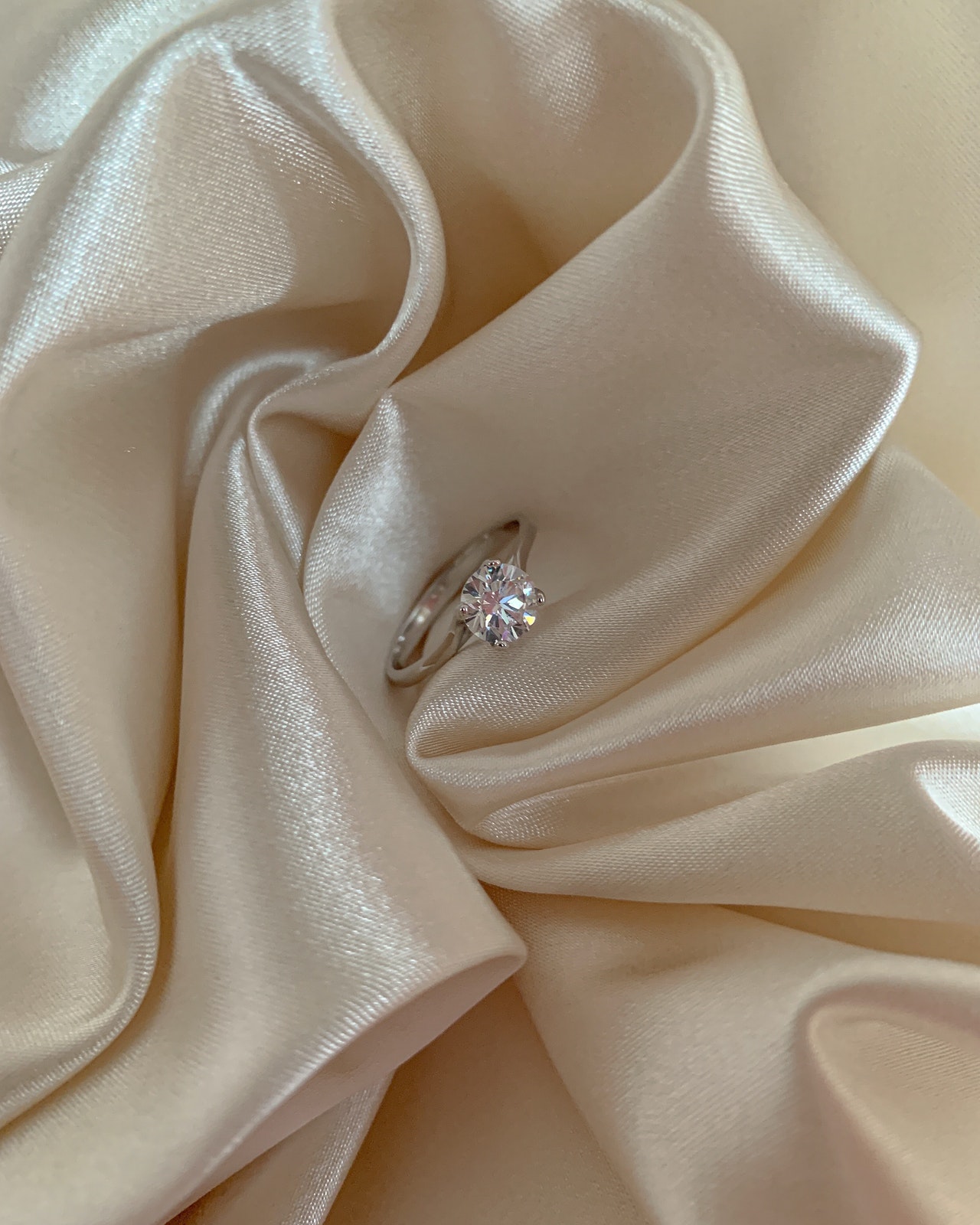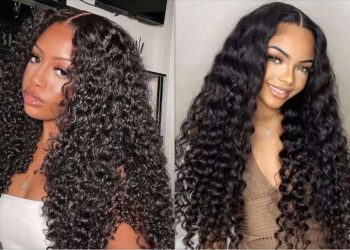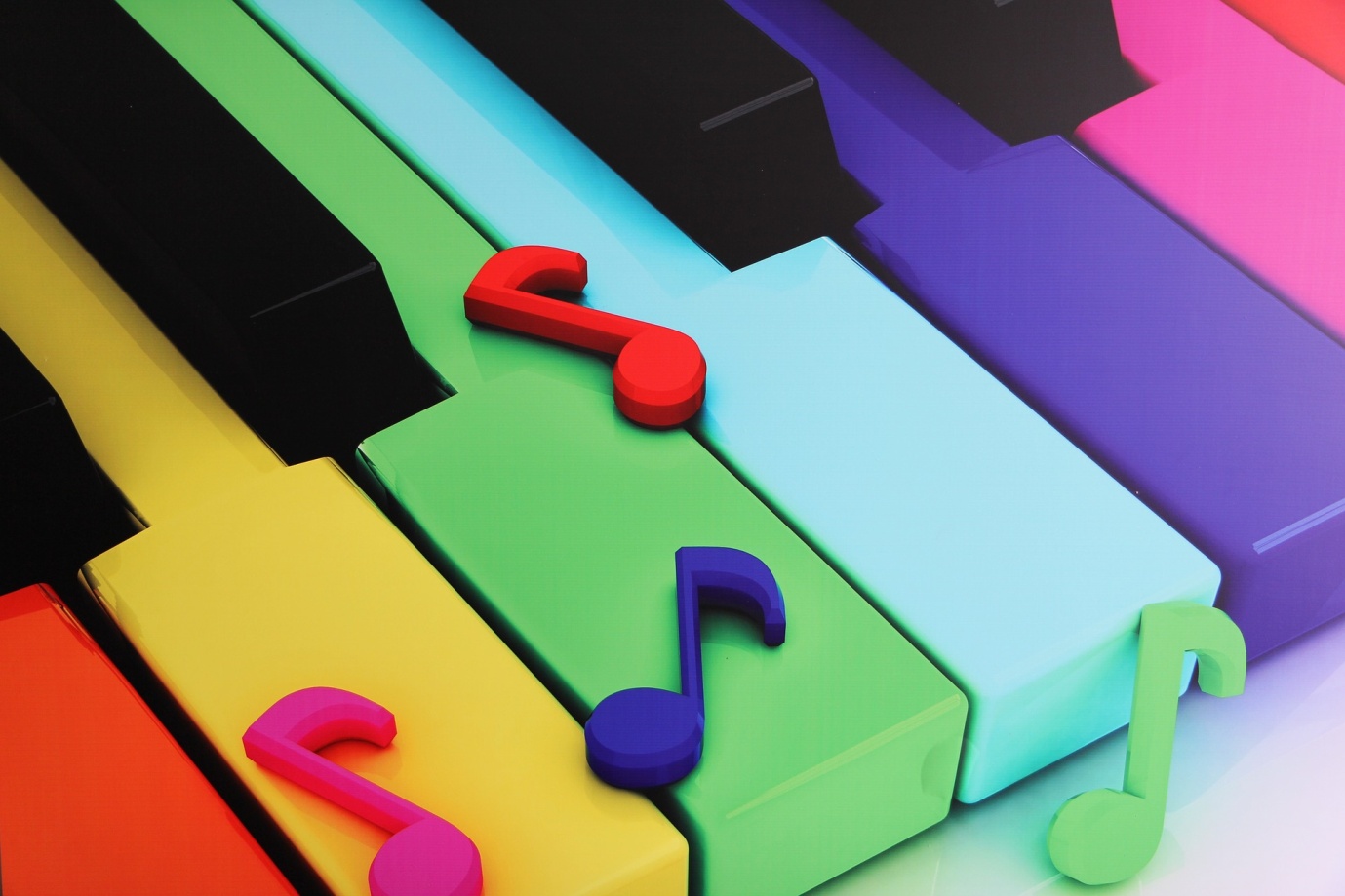Diamonds, being one of the hardest rocks on earth while looking the most beautiful, are not just another stone to wear. These are precious materials that can add a touch of elegance and grace to any outfit, completing your look! Diamonds can place anybody in the spotlight with their sheer magnificence and is one of the first stones you must consider purchasing. But with so many different styles of a diamond rings to choose from, picking the right one can seem a bit overwhelming. If you are having a hard time as well, then check out this guide to help you pick the right one!
Types of diamond ring designs based on the number of stones
The three most common styles of diamond ring designs based on the number of diamond stones are:
- Solitaire rings
Solitaires are one of the most popular styles of diamond rings that is a glamorous option worth considering. These rings feature a single diamond held in place in the prong setting steadily by platinum or gold. The elegance of single-stoned solitaire rings makes them the perfect option for engagements and weddings, but its beauty makes it a type of diamond ring every jewellery collection requires.
- Side stone diamond ring
This type of diamond ring features a central shiny diamond that is surrounded by smaller versions of the same stone. One very popular design of a side stone diamond ring is the three-stone diamond pieces with a huge central stone and two smaller stones at the sides.
- Pave diamond ring
Pave diamonds usually have a metal band with smaller diamonds studded in an array-like sparkling streak of light. Depending on the design, the diamond ring could feature either small pave-set diamonds in uniform or a bigger single stone at the centre with smaller diamonds all around the ring.
Types of Setting
The type of setting can act as a design on its own, making it another factor to consider before deciding on a piece. Some popular types of setting used to hold the diamonds in place on the metal are:
- Prong settings
This is a popular diamond ring setting that holds the stone with metal projections at the corners. The number of metal projections would depend on the shape of the stone- for example, a square-shaped diamond would usually have 4 metal projections holding the corners, while a round diamond would contain 4 or 6 prongs.
- Bezel Settings
In this type of setting, the stone is surrounded by a strong band of metal, covering the edges to hold the stone. If only a part of the outer edge of the stone is covered, then the setting is called particle bezel setting. Bezel settings are beautiful options for a solitaire diamond ring and infinity bands.
- Channel Settings
In the channel settings, the diamonds are held close to the band in between a channel. The metal channel would hold all the diamonds in place while making sure the sparkle of the stone is not compromised.
- Invisible settings
Invisible settings would hold diamonds in the metal framework without them being visible from the top of the ring. This type of diamond ring gives importance entirely to its designs and would not focus on how the stones are held.
- Tension settings
Tension setting entirely uses pressure to hold the diamond in place between two ends of the band. The diamond would look like it’s completing the circle, and the stone can be seen from the top and the bottom.
Diamond Cuts and Shapes
Diamond shapes and cuts play a huge role in the design of a diamond ring and are something you should look into while purchasing.
- Round diamonds
Round diamonds are the most popular option for a diamond ring since the classic round cut of the stone can maximize the shine and brilliance of the stone. Many diamond rings feature the round cut of diamonds for this reason and are a wonderful option!
- Oval cuts
Though not as popular as the round ones, oval cuts are still gorgeous options that can improve the beauty of any diamond ring. Moreover, if you are into the specifics, then you could check these cuts that are derived from the oval cuts:
- Pear cut: This is an oval cut having one sharp end.
- Marquise cut: Instead of rounded ends of the oval, this cut features two sharp ends.
- Heart cut: The heart cut features a cleft on the rounded end, and the opposite end would be sharp.
Knowing exactly the type of setting, cut, shape, and the number of stones you want, you can easily narrow down on some of the best diamond ring designs out there!
Kindly Rework. The sentences are too wordy. For example – Hardest rocks on earth and just another stone to wear are unnecessary points.







